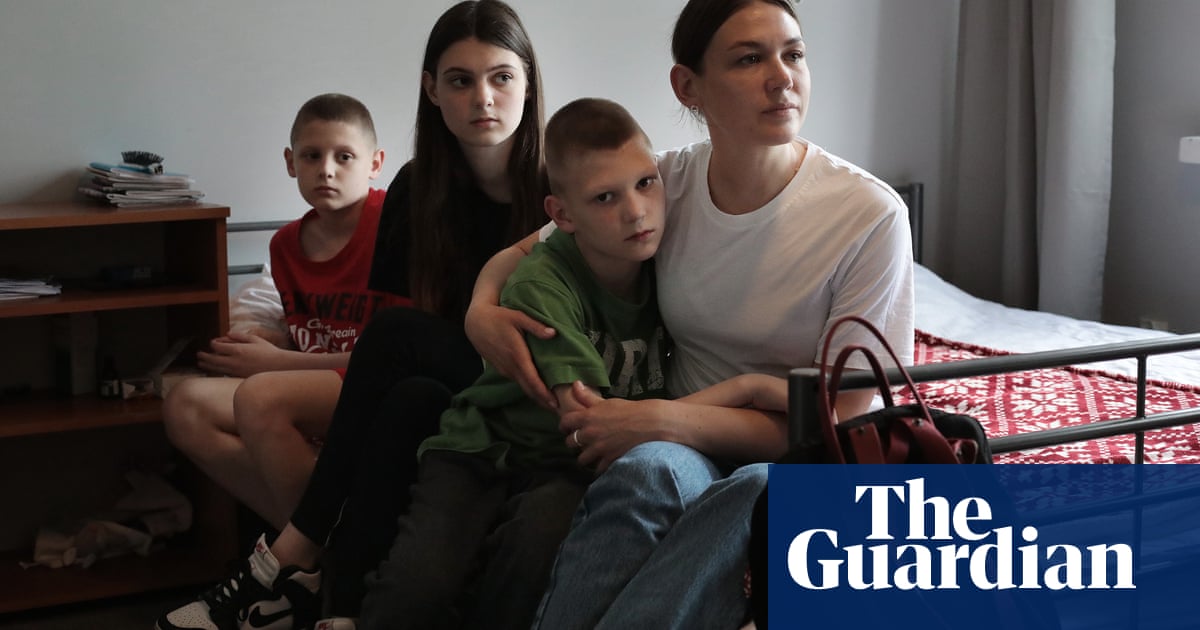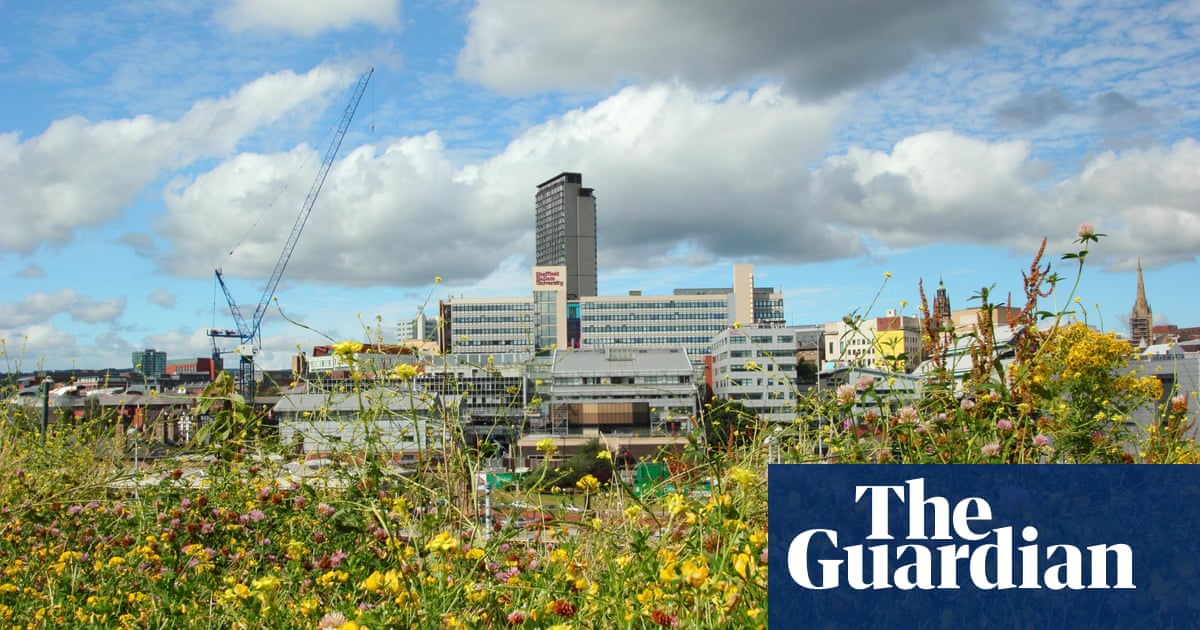
Children of all ages hang out at the seating area. One group of teenagers from a local school call the sunny bench between two planters their “chill spot”. One family sits out on a shady seat with the baby on warm evenings. People eat their lunch on the benches. Chosen and installed by the local community, the planters are a tiny but thrilling example of what can be done with a quietly radical policy that is being tried by a few councils.
When Newham council first proposed the idea of a “participatory budget”, a fund for which local people could propose ideas, and receive funding as long as other residents approved, it seemed impossible to imagine what might emerge.
The idea was born in Porto Alegre, Brazil, in 1989, but is still relatively uncommon in the UK. But for the past two years Newham has allocated £800,000 for projects such as funding play equipment, a “community wardrobe”, and litter picking. The idea is to give people a say in improving their communities and setting local priorities. The council says there is nothing like it on this scale in the UK, though a handful of similar projects have preceded it, including in Govanhill, Glasgow.
In Newham, one project turned a previously unloved cut-through to a railway footbridge into an enchanted woodland walk. Food growing and tree planting also featured. Manor Park community garden was awarded £20,000 to revitalise the space, in a former car park, and improve accessibility.
Rosie Whicheloe, one of the trustees for the garden, says: “I think what Newham has done is made it possible for people to get involved and make decisions about what happens locally, but they also created a network of people pushing for more of it. I’ve really appreciated being involved and meeting everyone, particularly after Covid. Community gardens are quite different from parks, they help bring people together and share skills. There are people who lived on the same street for 20 years and never met until the garden.”
There were 82 successful community assembly projects in the most recent year, and 37 – about 45% – were related to greening. That’s how I got involved, hoping to add a bit of greenery to my own neighbourhood in Newham, where I’ve lived for a number of years. A group of us put in an application and were given a £5,000 grant for five chunky planters in an area where there was previously just concrete.
Once we had got the funding, we flyered more than 100 homes, inviting everyone to come and join the planting. Over two sunny weekends in March a diverse group of about 25 people, from children and young parents, to middle-aged women and local councillors, turned up to help. I recorded some of the project for my podcast, Streets Ahead.
We had a lot of broader support: the estate’s management company, Swan, donated £3,000, and the small firm that mows the grass, NEUK, gave 17 staff days to design and build the huge planters and benches from railway sleepers (prefabricated planters are costly and small), as well as access to their trade accounts with plant and soil suppliers. A professional gardener friend, Lisa, helped choose and arrange the plants and we borrowed trowels and a wheelbarrow from another nearby community garden. We opted for low-maintenance ornamental plants, a few herbs and flowering shrubs, as well as shade-loving plants for some sad-looking tree pits by a playground.
After planting day, six rainless weeks preceded a 40C heatwave. A few plants were damaged or stolen – not many – and a couple perished. We, and the likes of Manor Park community garden, spent hours watering some weeks. Thankfully with the hosepipe ban came rain.
A growing body of research shows the advantages of green space, and the ways in which people crave more of it. A study published last week by the University of Glasgow found an increase of 10% in gardens and “natural space” such as woodland reduces early death among over-65s by 7%.
It seems quietly popular, too. Within two weeks of the environmental charity Possible launching its Parklet Plotter on World Car-Free Day, 22 September, with which people can nominate spaces (and designs) for new pocket gardens, often on former car parking spaces, 500 suggestions had appeared on its map.
Possible’s map highlights areas of deprivation and access to green space, laying bare the structural inequalities Glasgow researchers found shortens people’s lives. While poor communities – and Newham has some of the most deprived communities in UK – may have countless urgent priorities, not least housing and feeding people, the desire for green respite is perhaps striking.
It was worth it. Our planters were not universally popular – one neighbour made a formal complaint to the council over the loss of an unofficial parking space, groups of men drink there some nights, there is some litter – but conversations, even ones in disagreement, have been largely constructive. When I caught Covid last month one kind neighbour, who had voiced scepticism about the planters when they arrived, offered to go shopping for me. The participatory budget gave us the chance to make decisions about our neighbourhood – and we chose more greenery.












